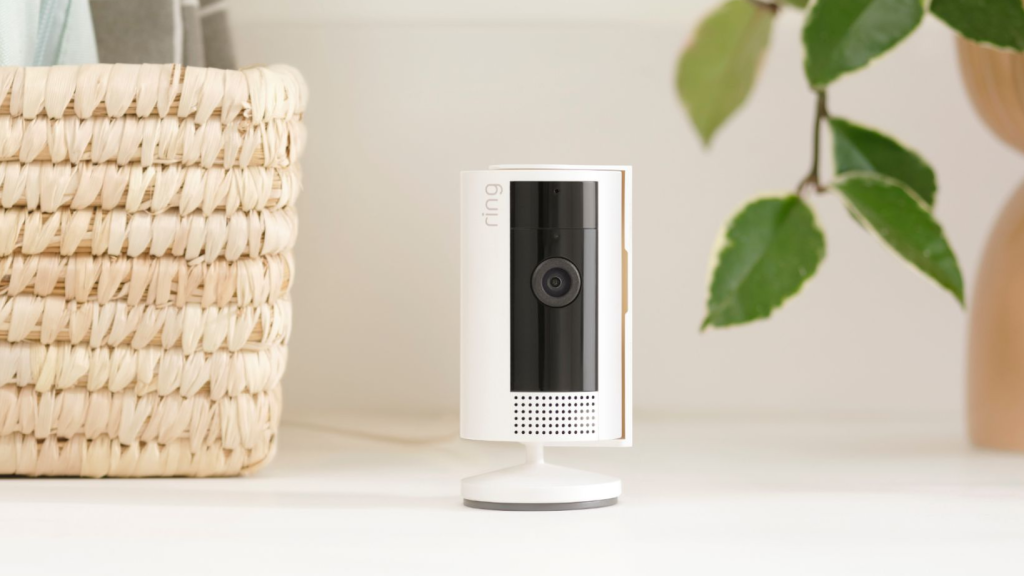I have been playing around a lot with the Ring Battery Doorbells recently and loving them. So, given the chance to test out extending my surveillance to indoors, I was curious. With the Ring Indoor Camera coming in at $100 AUD, this price seemed too good to be true.
Only one way to find out right?
Out of the box through to set up
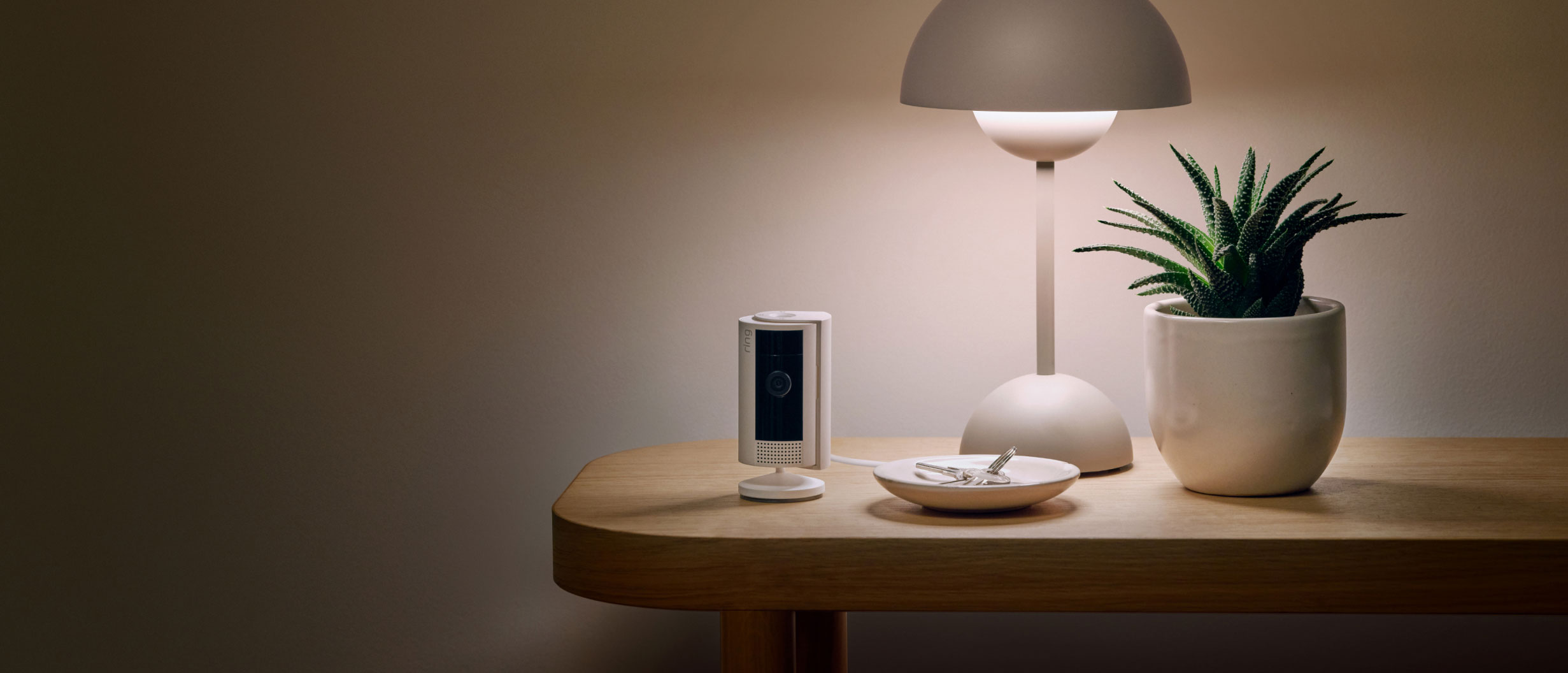
One of the things I have been impressed with the Ring suite for is the easy setup. Like with the battery doorbells, the process is so silky smooth. Pulling it out, plugging it in, and then scanning the QR code from the app is the same process with this camera. It straight up takes a few minutes if you already have a Ring account.
This camera is cabled so you get a power cable which connects via USB-C. The plastic around the port is a weird semi-circleish shape. This is a good thing because the cable and plug fit in snug and there is no movement, making ports getting broken less likely. It also means some of my other USB-C cables didn’t fit, which isn’t ideal for replacement if you fray the cable.
Something cool is that the mount can rotate from the bottom to the back of the camera. It is as simple as moving the mount to get the angle and surface you need.
Surveillance is a cover flip away
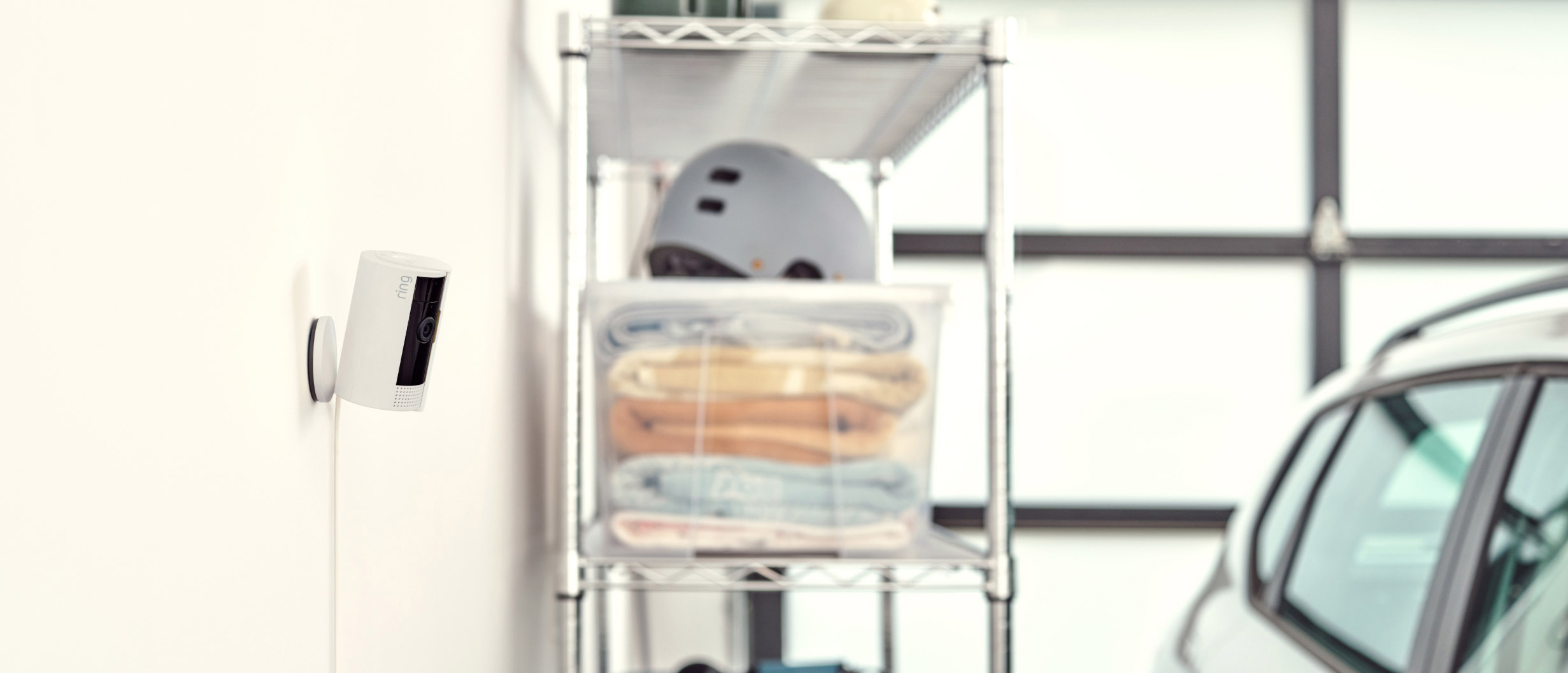
The Ring Indoor Camera only comes with a 115 degree field of view, which I would have liked a bit wider. It’s not bad, especially if you use it in the corner of a room or if you are trying to capture a specific spot like who is walking through your door. It’s far from a deal breaker, but is something to consider, depending on your needs.
The video quality is 1080p, which is good given the camera’s price and it also comes with night vision built in. The night vision isn’t in colour but that’s not an issue in the house, the priority is that video quality so you can tell if it’s your puppy or your toddler ripping up those couch cushions at 2AM.
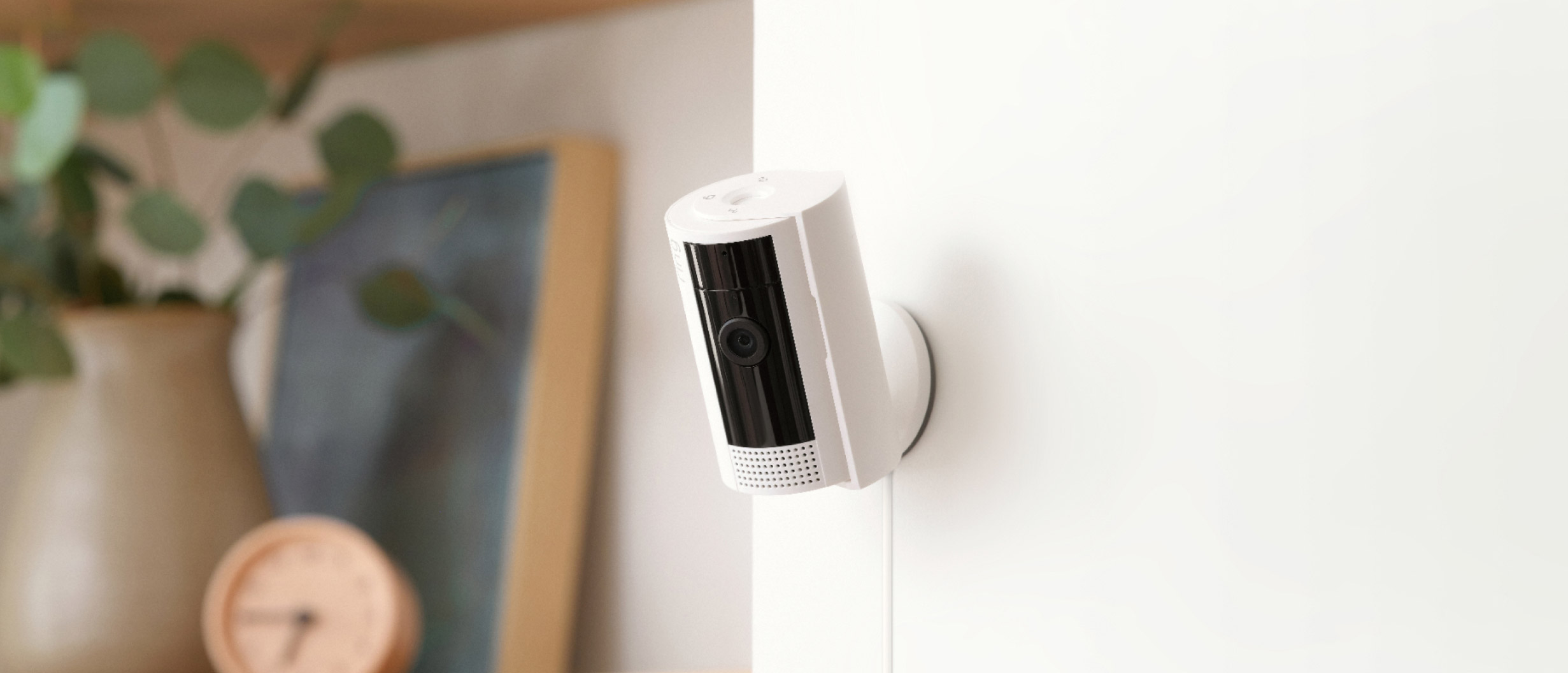
You can also set areas for alerts which is cool. Once you have it up somewhere like the lounge you may not want an alert every time your dog moves. That or you may not want to be alerted when you are hungover on a Sunday after watching the mighty Warriors winning, when your kids sneak up early to watch TV at 6AM. In the app you can set areas of the video that the camera looks for movement which is also easy as hell to set up.
One thing I dug is the privacy cover. It is built in and you can rotate the cover to stop the camera recording video and sound. This is awesome as hell because once you are recording inside your house, you may not want all of that footage in the cloud. If you have it wall mounted somewhere, then a quick turn of the cover as you leave the house means the surveillance starts, and a quick turn when you get home; no more big brother.
The limitations

The biggest limitation is the camera being cabled. It comes with a 1.9m cable which is decent, but the real question here is what you need it for. You can also nag a 3M cable for 30AUD if that will make the difference you need, but honestly sticking to 1.9m from power sockets worked for all the tests I did.
The camera’s AI also struggled between people and any other movement in the house. This wasn’t as noticeable with the doorbells because they captured a lot less movement, but inside the house with kids, my phone was going bananas. Of course you can tweak until it works, but be ready.
So should you get one?
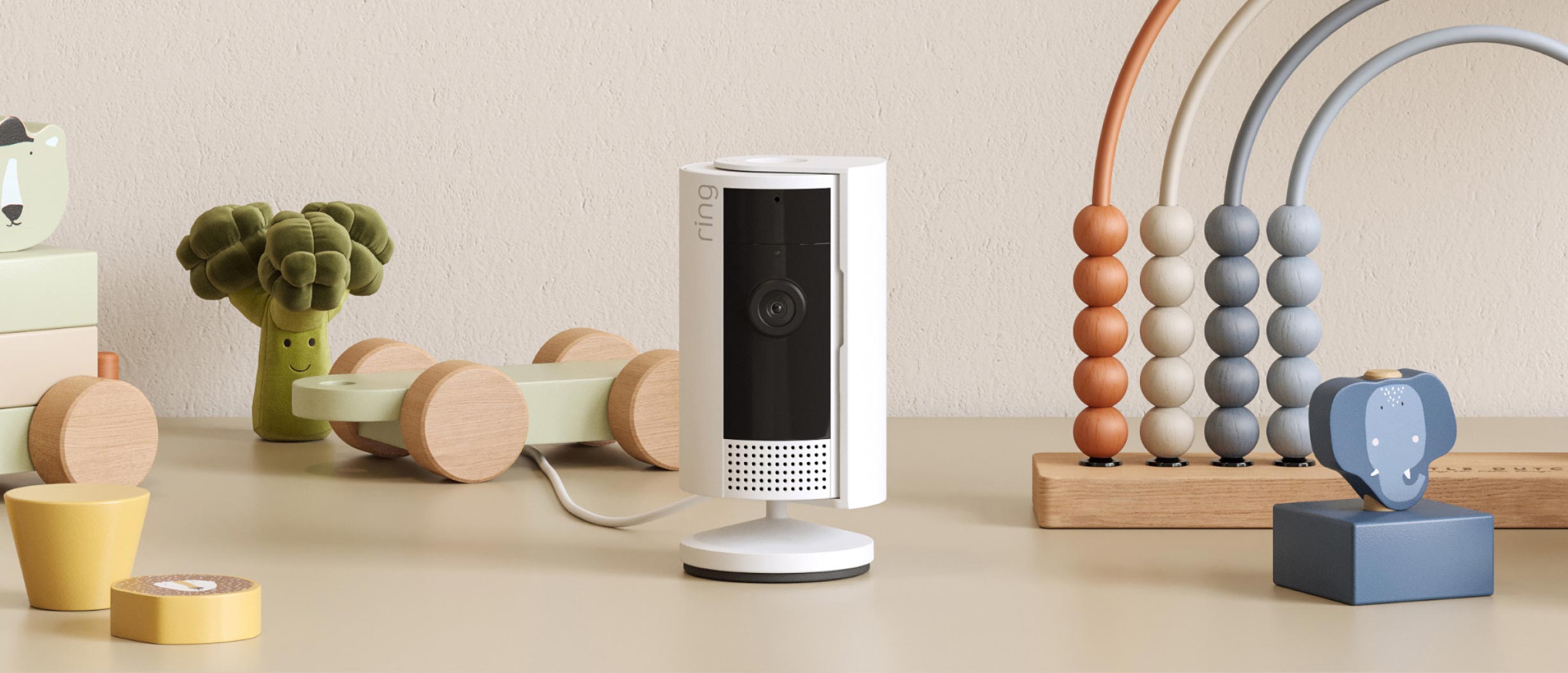
Hell Yeah. For the price, the Ring Indoor Camera (2nd Gen) is bloody good. There are some minor limitations, but again, it depends on what you want to pay. The ability to move it around easily and the quality of the footage makes this one a no brainer for $100AUD.
Given the price, this is a damn good camera. The field of view and your electrical outlet locations are the real considerations when buying this one.

